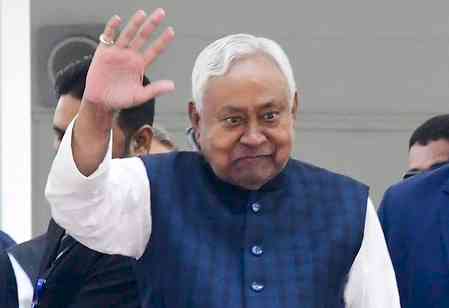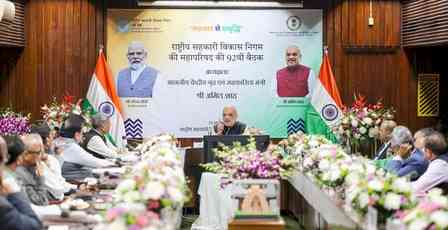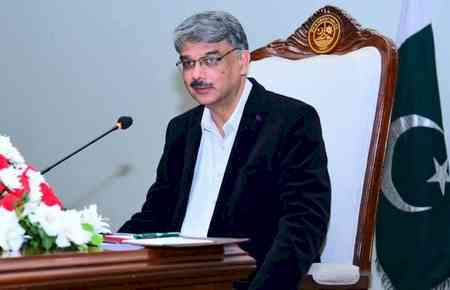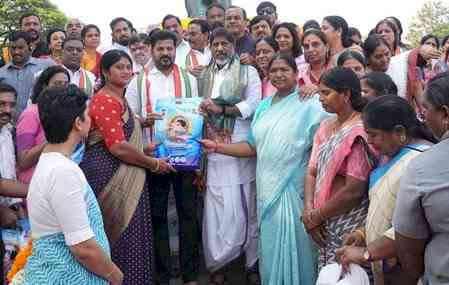Bihar 2025 polls: Biggest wins, narrowest finishes and the voter turnout story
The Bihar Assembly Election 2025 delivered dramatic margins, stark turnout contrasts and sharp gender-based voting patterns, painting a diverse picture of democratic participation across the state.
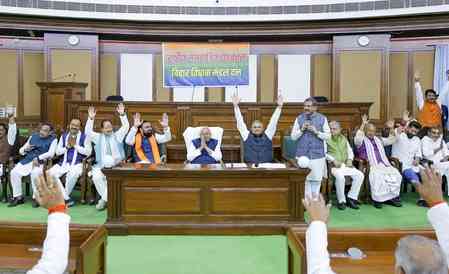
Saurabh Sharma
New Delhi, Nov 19 (IANS) The Bihar Assembly Election 2025 delivered dramatic margins, stark turnout contrasts and sharp gender-based voting patterns, painting a diverse picture of democratic participation across the state.
While several constituencies witnessed landslide victories, others were decided by a handful of votes, highlighting both sweeping mandates and razor-thin contests.
The highest winning margin was recorded in Rupauli, where JD(U) secured a massive 73,572-vote lead over the RJD, the biggest victory of the election.
It was followed by BJP’s emphatic 59,079-vote win in Digha, and LJPRV’s 58,191-vote sweep in Sugauli. JD(U)’s Gopalpur and BJP’s Aurai rounded off the top five, each posting victories of over 57,000 votes.
In contrast, the closest contest unfolded in Sandesh, where JD(U) edged out RJD by just 27 votes—the narrowest margin of the 2025 race.
BSP’s candidate in Ramgarh scraped through by 30 votes, while BJP’s win in Agiaon (SC) was decided by merely 95 votes. Two more constituencies, Nabinagar and Dhaka, saw margins below 200, making them among the most fiercely contested seats.
Turnout patterns revealed a deep divide. Kasba recorded the highest polling percentage at 81.97 per cent, leading a cluster of high-turnout constituencies including Barari, Thakurganj, Pranpur and Kishanganj—all above 80 per cent.
Meanwhile, urban Patna segments saw some of the weakest participation. Kumhrar posted the lowest turnout at 40.22 per cent, followed by Bankipur (41.39 per cent) and Digha (42.84 per cent). Women voters showed exceptional mobilisation in several Seemanchal seats.
Thakurganj topped the chart with a remarkable 90.27 per cent female turnout, followed closely by Kochadhaman (89.22 per cent) and Pranpur (88.99 per cent).
On the other end, Patna’s urban belts showed the poorest female participation: Kumhrar reported just 39.13 per cent, the lowest in the state.
Male turnout peaked in Purnia, where 79.66 per cent of male electors voted, while Kumhrar again marked the lowest male participation at 41.07 per cent.
With sweeping margins in some seats and wafer-thin victories in others, the Bihar 2025 elections showcased both decisive public mandates and intense constituency-level battles, redefining the state’s political landscape.
--IANS
sas/dan


 IANS
IANS 

